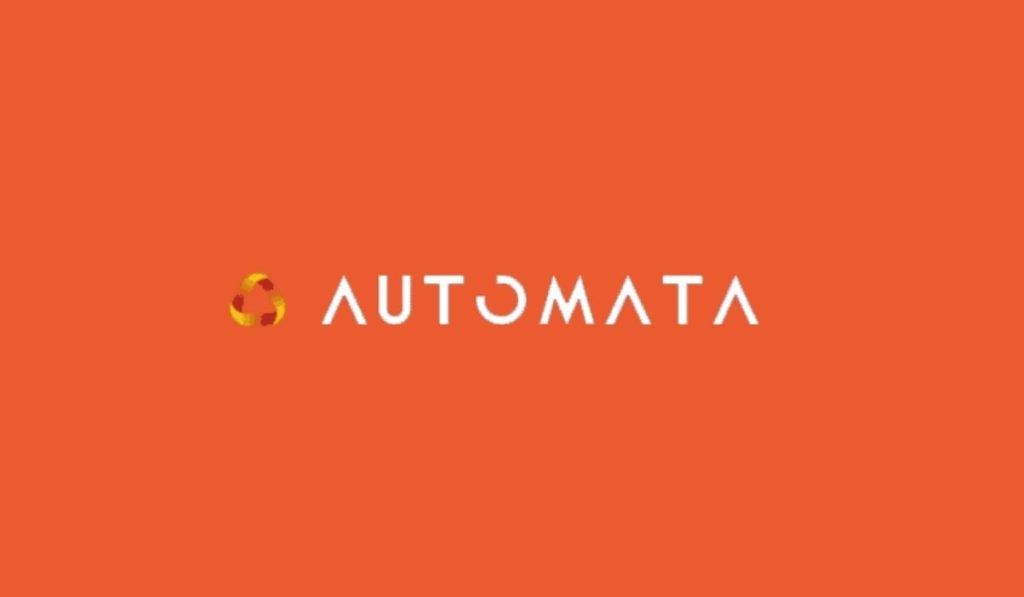
2021-6-6 13:02 |
Digital ecosystems have evolved significantly since the inception of cryptocurrencies. Today, crypto users can interact with a wide range of Decentralized Finance (DeFi) products across multiple blockchain ecosystems. However, this burgeoning industry faces many challenges, including the Miner Extractable Value (MEV) issue – a situation where blockchain miners or arbitrage bots reorder, include, or remove transactions from a block for profit maximization.
The MEV problem threatens the fundamental sustainability of the blockchain ecosystem as some players have the upper hand. Miners tasked with securing decentralized blockchains can alter how transactions from the mempool (off-chain storage of pending transactions) are introduced into a new block. Typically, transactions are aggregated into a new block on a fee basis, with the highest ones being given priority. However, miners have the autonomy of changing the sequence at any point.
A few blockchain projects are now attempting to solve the MEV issue; one such example is the Automata Network, a decentralized service protocol that offers privacy middleware for DApps. This project seeks to enhance Web3 developments with privacy features that allow users to operate anonymously. In addition, they have launched an MEV solution known as Conveyor – a service that is designed to ingest and output transactions in a determined order.
Automata’s MEV Solution Image Source: AutomataAutomata’s Conveyor service has been created to protect crypto users from front-running arbitrage bots and miners who reorder transactions. The Conveyor works on various platforms, which means that users can integrate this service as an MEV solution. Ideally, the service makes it impossible for transaction reordering once they have already been fed into the Conveyor.
With the Conveyor in place, block producers are unable to insert new transactions into the Conveyor output. Furthermore, the service also prevents them from deleting ordered transactions that have already been accepted and broadcasted by the Conveyor. The only way to reorder or delete transactions would be full collusion of all the block producers, which is highly unlikely in decentralized networks.
For decentralized exchanges (DEXes), they can accept transactions as ordered by the Conveyor or unordered transactions. The latter scenario exposes users to the MEV risks highlighted earlier in the article.
Automata’s Conveyor is run on a decentralized computing ecosystem backed by several Geode instances. The instances can be attested to publicly verify that each Geode is backed by a system with legit hardware (CPU). This guarantees that the geode code is untampered and maintains data privacy to prevent front-running bots or miners.
Automata’s oblivious RAM algorithm further complements the Conveyor’s private nature. This pioneer blockchain innovation is built to provide traceless privacy to DApps by utilizing available space within the blockchain ecosystem.
ConclusionDigital ecosystems have a great potential to define tomorrow’s world as more people become tech-savvy. However, this will require a great deal of effort by the current blockchain and crypto innovators in building sustainable products. These upcoming ecosystems have to be neutral and fair to all participants or network stakeholders at the core.
Solving the MEV issue is a step forward in creating such an ecosystem, although it may take a while before it is fully solved. That said, innovation remains the main driver of crypto ecosystems, hence optimism about MEV solutions such as the Automata Conveyor.
origin »Emerald Crypto (EMD) íà Currencies.ru
|
|







